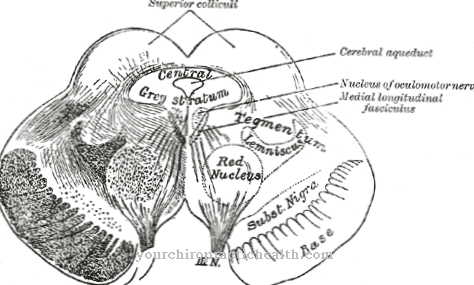Athletes - whether professionals or amateurs - are at a higher risk of injury than other people. If there is a sports accident, there are several treatment options, depending on the diagnosis. If a stiff cast that completely restricts movement is unnecessary, but on the other hand a normal bandage is not stable enough, the specialist usually puts one Tape bandage on. It supports the injured part of the body, but at the same time does not restrict it. Tapes can also be used prophylactically, for example to stabilize joints that are particularly at risk.
What is the tape bandage?

A tape bandage is a temporarily applied, inelastic bandage that sports medicine specialists, trauma surgeons and orthopedic surgeons use to treat and prevent sports injuries. The tear-proof and tensile bandage consists of a self-adhesive cotton fabric with a zinc oxide-rubber adhesive layer. The tape has teeth on its long sides, which enable the bandage to be easily divided lengthways and crossways.
Tapes are available in pharmacies, drugstores and specialized sporting goods shops. There the customer can buy them as 10 meter rolls. Their standard width is 3.75 cm. But there are also 2 and 5 cm wide bandages. They stabilize joints, muscles, ligaments and tendons and prevent damaging, painful and unnecessary movements. In this way the quick healing process is promoted. By not completely resting the injured body region, consequential damage such as muscle wasting and edema can be avoided. How much mobility the patient is then still capable of depends on the type of taping and the tape material used.
In order to perform the taping correctly, the following requirements must be met: The body part to be treated is externally intact. The taping is done according to the diagnosis of a specialist.The tape bandage is carried out by a specialist who is competent in applying these bandages. Tapes for the treatment of injuries are generally only put on by medical professionals. If they are to be used for prophylaxis or to improve performance in sport, the athlete concerned can apply them himself with a little practice and good illustrated instructions. The tape used in sports medicine and trauma surgery must be differentiated from the Kinesio tape, which is made with elastic adhesive strips.
Function, effect & goals
Depending on the diagnosis, the taping must fulfill one of the following functions: The augmentation specifically supports joints and ligaments. Tapes, which are supposed to cause compression, prevent tissue swelling. The pressure to work at the injury is greater than the pressure at rest. Compression tapes are often used as an immediate measure after sports accidents. However, they should not remain on the skin for more than an hour.
Tapes for fixation (splinting) connect injured bones and joints with the surrounding, uninjured bones and joints (buddy taping). This will calm the injury. Tape dressings, which are applied for reasons of proprioception, are intended to improve the perception of one's own movements and body awareness. They are usually applied prophylactically to emphasize certain movements. Preferred parts of the body are the joints. Medical indications for tape bandages are, for example, injuries to joints and ligaments (partial tears in the ligament), unstable joints, simple bone fractures, muscle injuries and damage caused by excessive physical exercise (tennis elbow).
The main areas of application for tape bandages are injuries to the ankle - of all joints in the human body, it is most frequently affected by sports accidents. Fingers, knee joints, elbows and wrists are also targeted for the taping treatment. The form in which it takes place depends on the diagnosis, the purpose (therapeutic or prophylactic), the intended duration of use, the special requirements of the particular sport that the patient is involved in (set of rules) and according to the principle of action (augmentation, compression, etc.). The prerequisite is that the patient does not make any strong movements when applying the bandage, as this would endanger the goal of the treatment. The doctor first brings the affected joint into the correct functional position.
Then he puts a skin protection (underlay) on this place. He cuts a foam pad and places it on the painful joint with light pressure. Finally, anchors, reins, fixing, formwork and safety strips are attached. The strips are not wrapped continuously like an elastic bandage, but measured individually and wrapped around only once completely. The tape is removed by the doctor tearing the adhesive strip at a suitable point on the teeth with a tape cutter or bandage scissors and then pulling it off in the direction of the hair growth.
If the tape is applied for prophylactic reasons, this is done in order to avoid future (repeated) injuries. If tapes are attached before competitions, they should prevent ligament overstretching, strains and sprains. They will be removed immediately after the end of the sports event. Tape bandages used proprioceptively also improve general athletic performance.
Risks, side effects & dangers
Typical complications that can occur after tape bandages are applied are skin irritation, circulatory disorders, decrease in the stabilizing effect and the appearance of the compartment syndrome. Tapes must not be used if the patient has arthritis (inflammation of the joints), advanced osteoarthritis, or gout in the affected joint.
Further contraindications are: numbness and tingling in the injured body region, increasing pain at the injury site, open wounds (they must be treated before the tape can be applied!), Intense itching, discoloration of fingers and toes, which can also be seen through Elevation does not recede, and severe swelling that does not recede despite elevation. In addition, tapes should not be applied to large areas of hematoma.

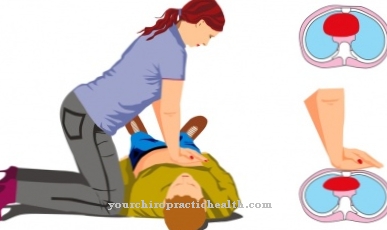



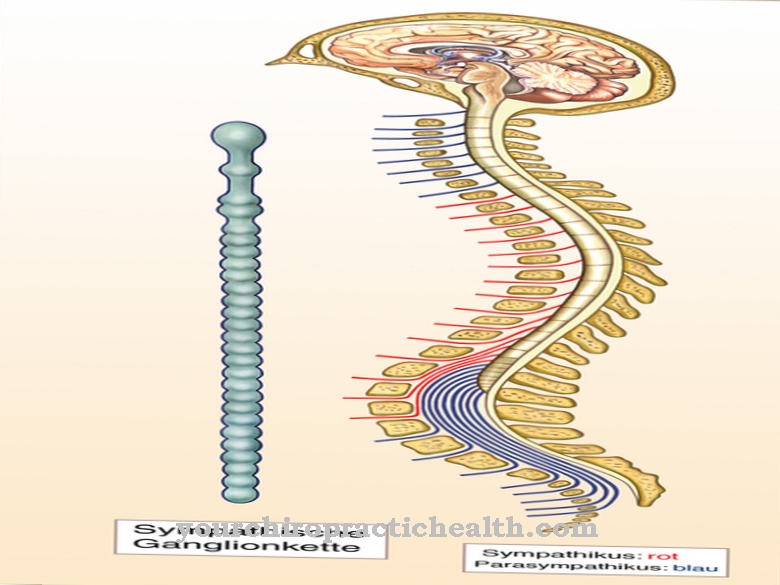


.jpg)



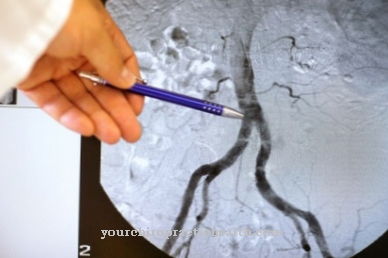










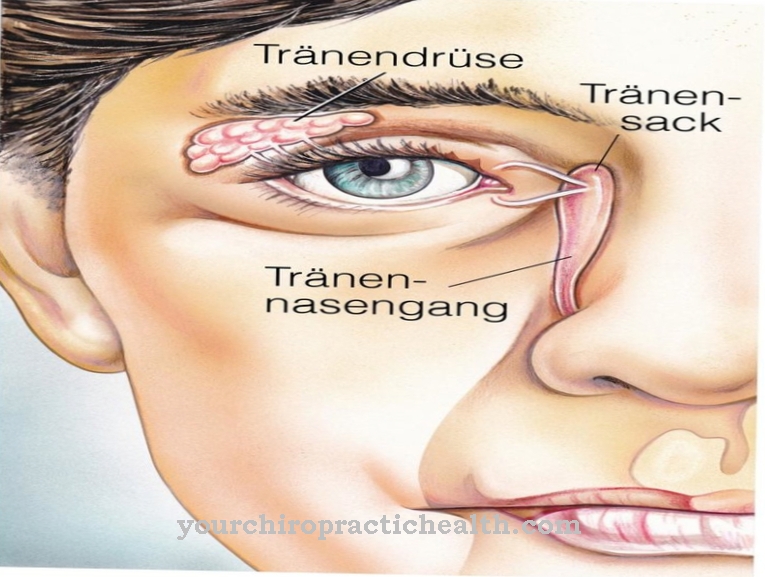
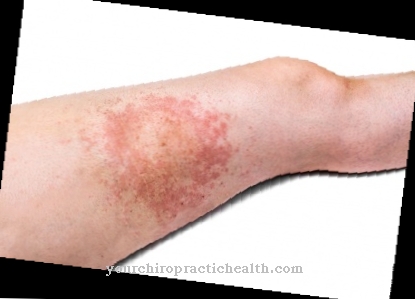


.jpg)
